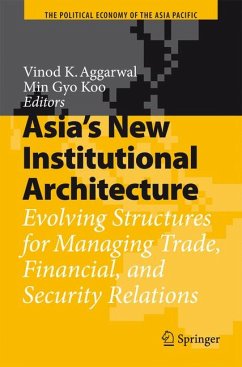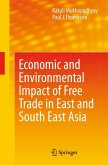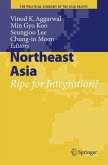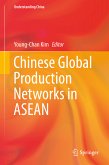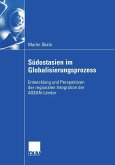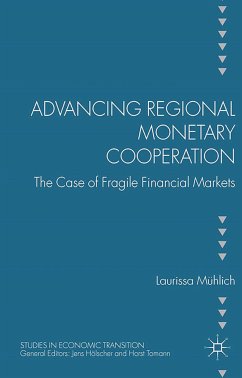The first comparative systematic study of Asia's emerging economic and security architecture. Via a series of theoretically sophisticated, yet empirically rich studies of Asiäs contemporary regional economic and security structures, Aggarwal, Koo and their colleagues, using an institutional bargaining approach, provide a template for the analysis of a most important set of evolving international relationships. This volume, while measured in its conclusions and sensitive to the problematic nature of Asian cooperation, nevertheless leaves us in little doubt as to both the theoretical and policy significance of the regional institutional endeavours in train in the early 21st century. Richard Higgott, University of Warwick
This volume offers a fresh and analytically rigorous perspective on the changing role of Asia's regional institutions since the end of the Cold War. Offering valuable insights into their design and function, this book challenges theconventional wisdom that regional institutions play a marginal role in Asia's economic and security architecture. The publication of this volume is a testimony to the increasing theoretical sophistication and empirical richness of the study of Asian regionalism as a field of scholarly inquiry in its own right. Amitav Acharya, University of Bristol
Dieser Download kann aus rechtlichen Gründen nur mit Rechnungsadresse in A, B, BG, CY, CZ, D, DK, EW, E, FIN, F, GR, HR, H, IRL, I, LT, L, LR, M, NL, PL, P, R, S, SLO, SK ausgeliefert werden.
"It presents a historical overview of the economic and security arrangements relevant for ... geopolitical and geoeconomic events. ... The book is intended to be read ... by political scientists/commentators, security experts, and economists. It probably does a good job of enthusing the political scientists and security experts ... . In summary, this is an important book ... . will definitely appeal to political commentators and those looking for historical details on the evolution of institutions in Asia." (Devesh Roy, American Journal of Agricultural Economics, Vol. 93 (1), January, 2011)

